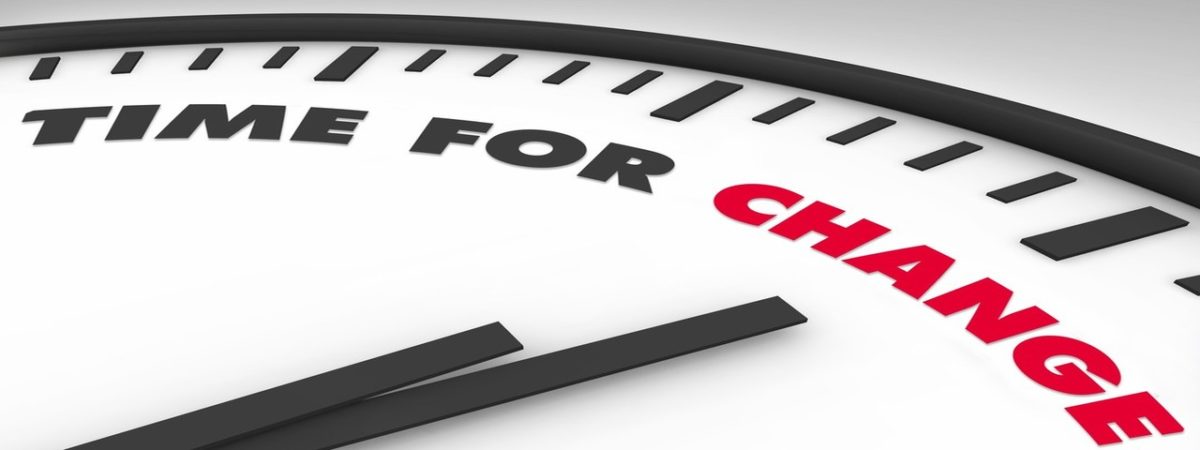Malala attended a low-cost private school – as do thousands of the world’s poorest children
SUGGESTED



But it wasn’t to government schooling that Malala’s family turned for an education. The school she attended, on her way to which she was shot by the Taliban, was in fact a low-cost private school, set up by her father. This reality gets hidden in all reports. Not untypically, the global teachers’ union, Education International, describes her father as ‘headmaster’, while Time described him as ‘school administrator’. Neither title captures the reality: her father was in fact an educational entrepreneur.
Malala’s situation is far from unique. Low-cost private schools are ubiquitous in the developing world. I wrote about them first in 2000 – in the IEA’s journal Economic Affairs. Back then, it was hard getting anyone to take them seriously. Kevin Watkins, erstwhile director of UNESCO’s Education for All Global Monitoring Report, wrote in 2004: “Professor Tooley and his colleagues are ploughing a lonely furrow. Nobody, it seems, is listening to them. Long may it stay that way”. Today the furrow is much less lonely, as development experts now acknowledge their extraordinary significance – in large part because of two major research programmes I directed, funded by the John Templeton Foundation, on the nature and extent of low-cost private schools in sub-Saharan Africa, including in conflict-affected states, and in Asia.
The sheer number of low-cost private schools is staggering. In India alone, there are 400,000. In one state of Nigeria, Lagos, there are at least 8,000 while a similar number is reported from rural Kenya. Our research typically shows the majority of schoolchildren in poor urban communities attend low-cost private schools – usually between 64 and 75 per cent. For example, in some of the poorest slums in the world, in Monrovia, Liberia, our household survey showed that, for children aged five to 14, 71 per cent were in private schools 8.2 per cent were in government schools and 21 per cent were not in school. In rural communities, a significant minority of children are in private schools.
Children in low cost private schools do better than in government schools. For instance, in Western Area, Sierra Leone, we tested a stratified sample of 3,000 grade 4 students in English and mathematics, controlling for family background and IQ. For English (reading), in a government school an average boy was predicted to achieve 15.5 per cent, while a girl would achieve 10.8 per cent. In a low-cost private school, the boy’s result would nearly double, while the girl’s result would nearly triple.
Low-cost private schools are also affordable to the poor – this is not surprising given their ubiquity in poor areas. I have defined affordability based on the amount that poor families could afford for all their children if they were to spend a maximum of 10 per cent of their income on school fees and associated costs. “Lowest cost” and “low cost” private schools are those affordable to families on, respectively, the internationally recognised $1.25 and $2 per person per day poverty lines. In the slums of Monrovia, Liberia, the vast majority (73.7 per cent) of private schools were “lowest cost”, while 66 per cent of for-profit private schools in our Sierra Leone study were “lowest cost”.
Whenever you hear of Malala campaigning for the right to education remember it is not mediocre government education that has motivated her, but educational freedom, expressed as a right to attend private school. It is a wonderful success story that is taking place across the developing world, as parents vote with their feet to exit inadequate government provision to find a better education for their children in the private sector.
Prof James Tooley is professor of education policy at the University of Newcastle upon Tyne. This article was first published in EA Magazine.



